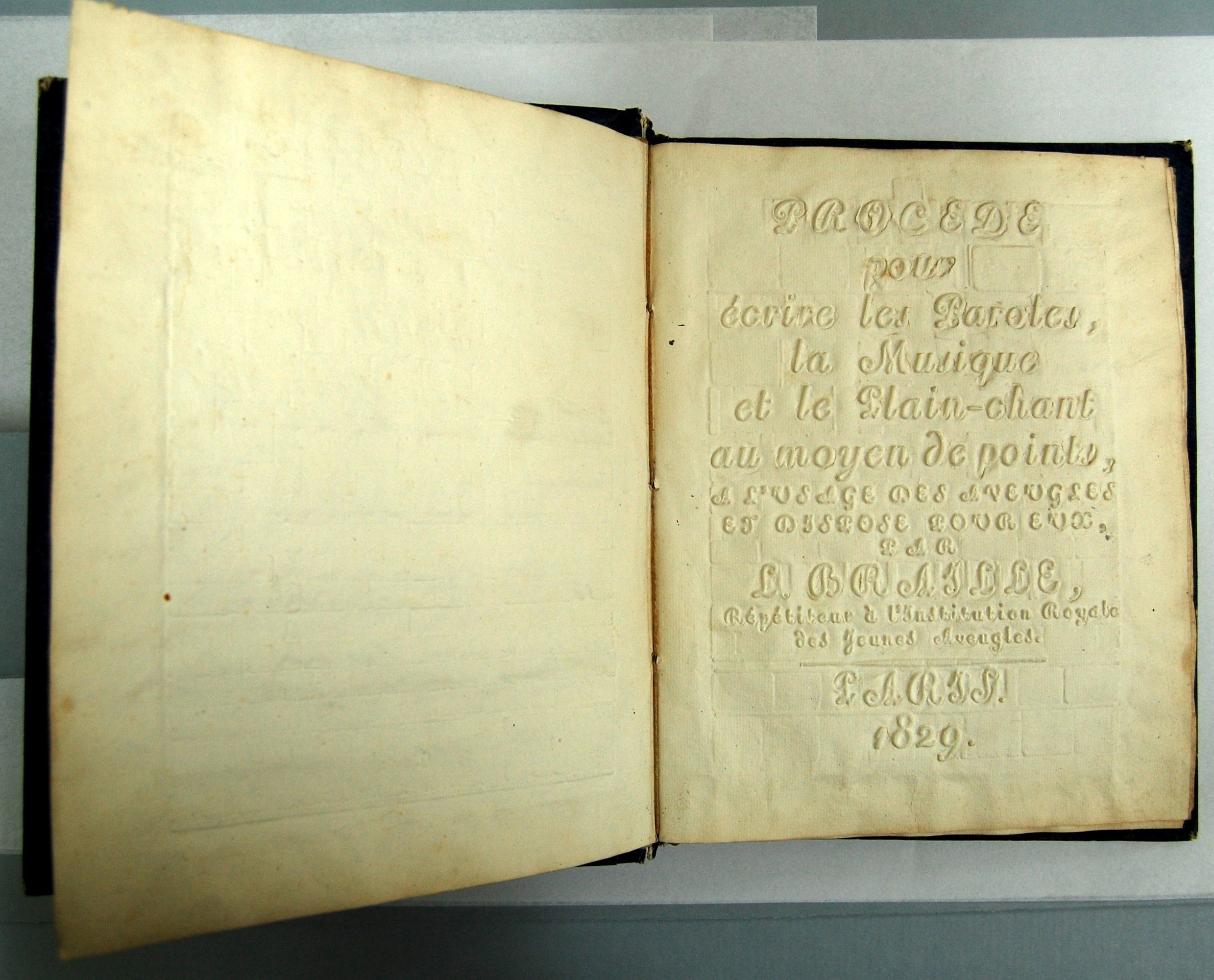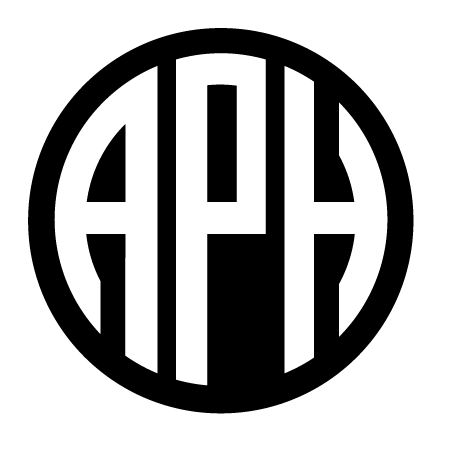APH Press Release
Rare Book Coming to the Museum of American Printing House for the Blind
Unveiling ceremony set for February 11
Louisville, KY (February 9, 2016). A copy of a book published by Louis Braille has been added to the collection of the Museum of the American Printing House for the Blind (APH). The book, published in France in1829, is titled Procédé pour écrire les paroles, la musique et le plain-chant au moyen de point, or Method for Writing Words, Music, and Plainsong in Dots. Only six known copies of the book exist world-wide. Two of them are in the United States and one of these is now in Louisville. Valued at $95,000.00, the Museum’s copy is the only one that will be on display for the public.

The book is significant because it was the first explanation of the braille code, the system that forms the foundation for literacy for those who are blind. This new code made it possible for blind people to not only read but to write. Today, the braille code is used by millions of people the world over. The book will be shown publicly for the first time at an invitation-only reception and unveiling ceremony on February 11 from 5:30 p.m. – 7:30 p.m.in the museum, 1839 Frankfort Avenue. Since the book was published in France, food and decorations will follow a French theme.
A short program will be presented at 6:00 p.m. Museum Director Mike Hudson, will discuss the significance of the book for the collection, Gary Mudd, Vice President of Public Affairs, will comment from the perspective of a braille user, and donors will be recognized.
Beginning February 12, the book will be on display during the museum’s regular hours: 8:30 a.m.- 4:30 p.m., Monday- Friday and 10:00 a.m. – 3:00 p.m. on Saturday. It will remain there until the end of March when it will be temporarily withdrawn for a few months while its permanent installation is under construction. When finished, the area of the museum devoted to early education for those who are blind will re-open. The new book will take its place of honor near another gem already in the museum collection, An Essay on the Education of the Blind, published in France in 1786 (the first raised-letter book designed for blind students).
How the Book was brought to Louisville
Louis Braille, born in France in 1809, lost his sight when he was four years old. He attended the Royal Institute for Blind Youth in Paris. The founder of that school created books using raised (embossed) letters, so Louis and his fellow students learned to read. However, there was no quick and easy way for them to write using the raised-letter system.
In 1821, Louis met a soldier, Charles Barbier, who had an idea for a military code based on raised dots that could be read in the dark. Louis took that idea, organized and simplified it, and in 1929, when he was just 20 years old, published his own system to be used by those who are blind (this is the book now in the museum’s collection). The beauty of Louis’s system was that, using only simple tools, the raised dots could be used to write as well as to read.
Last fall, one of the few remaining copies of Braille’s pioneering book, valued at $95,000.00, became available from a New York bookseller. A fundraising campaign was launched; it was successful. Donations came from around the country and from Louisville supporters, including Marianne and Jim Welch and the Louisville Lions Club, making it possible to have this special item part of the collection of this award-winning Louisville museum.
Museum Director Mike Hudson says “The book is in incredible condition. Its beautiful blue marbled paper cover is bright. The thirty-seven embossed pages are clean and intact. The pages are fascinating, illustrating the experimental nature of early embossing for blind readers, the wooden blocks used to set up the page clearly outlined where they were pressed onto wet paper. But the true wonder of the book is found in the elegance of the code, Louis Braille’s original alphabet. It’s the same code still found wherever the Roman alphabet is used and has been adapted for many languages—even those such as Chinese, that are character-based rather than alphabet based.”
About the Museum of the American Printing House for the Blind
The Museum, where visitors experience hands-on history, is open Monday through Saturday. Visitors can write in braille, see the book Louis Braille published in 1829 explaining his code, see a piano used by Stevie Wonder when he was a student at Michigan School for the Blind, play a computer game designed for blind students, and much more. It is located on the second floor of the American Printing House for the Blind. Admission is free. Regular hours are 8:30 a.m. to 4:30 p.m. Monday-Friday and 10:00 a.m. to 3:00 p.m. on Saturday. More information at archive.aph.org/museum or call (502) 895-2405, ext. 365, weekdays.
About the American Printing House for the Blind
The American Printing House for the Blind, a 501(c)(3) non-profit organization, is the world’s largest company devoted solely to researching, developing, and manufacturing products for people who are blind or visually impaired. Founded in 1858, it is the oldest organization of its kind in the United States. Under the 1879 federal Act to Promote the Education of the Blind, APH is the official supplier of educational materials for visually impaired students in the U.S. who are working at less than college level. Visit APH to see it in operation.
APH manufactures textbooks and magazines in braille, large print, recorded, and digital formats. APH also creates hundreds of educational, recreational, and daily living products. APH’s fully-accessible web site (archive.aph.org) features information about products and services, online ordering of products, and free information on a wide variety of blindness-related topics.
The American Printing House for the Blind, Inc. is located at 1839 Frankfort Avenue in Louisville, Kentucky. For more information, call (502) 895-2405 or log on to archive.aph.org.

